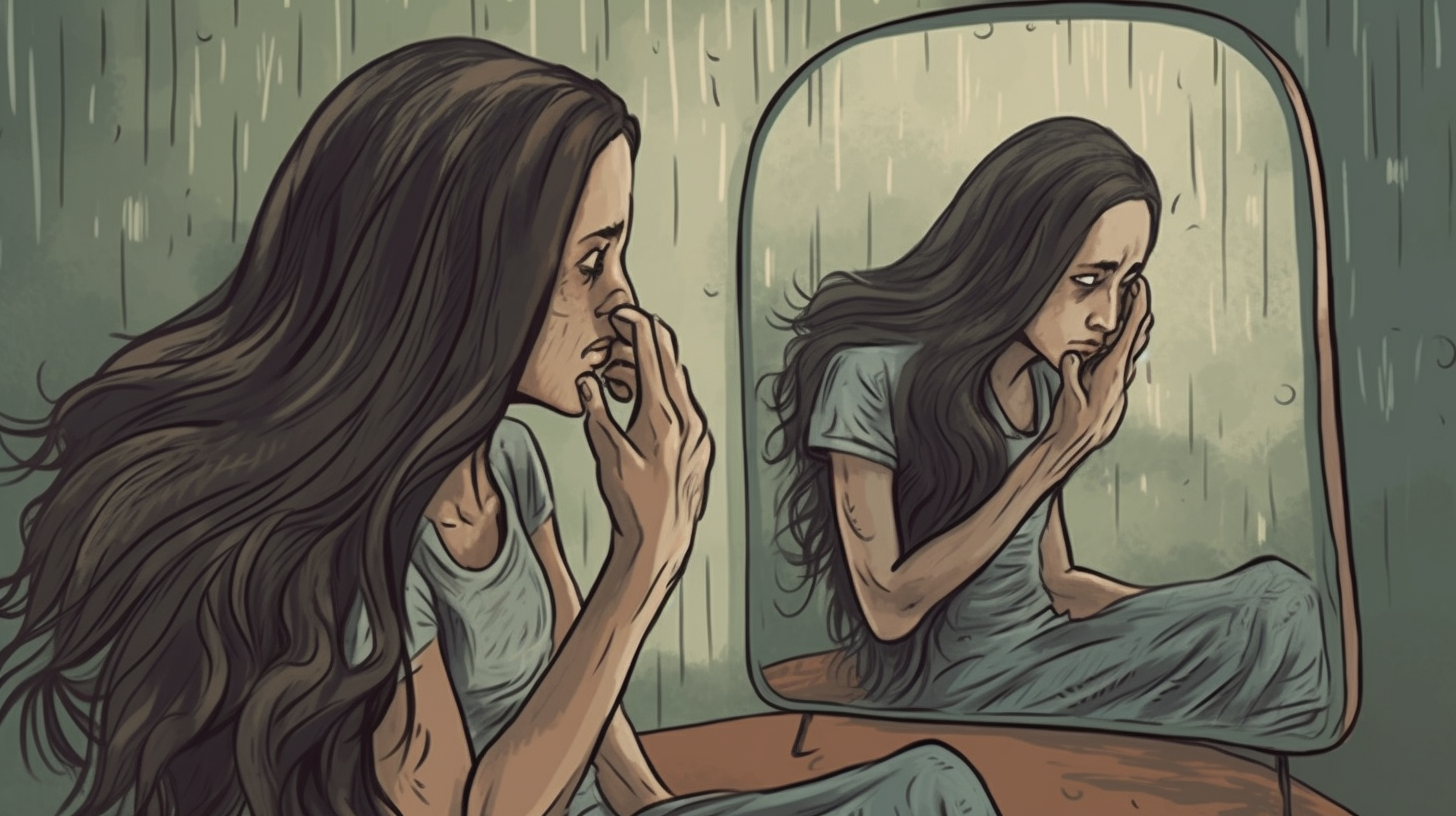Understanding the Causes of Oily Hair: Expert Insights and Solutions
Do you find yourself washing your hair every day because it gets greasy so quickly? Do you feel like no matter what you do, your hair always looks oily and lifeless? If so, you’re not alone. Oily hair is a common problem that affects many people of all ages and genders. In this blog post, we will explore the causes of oily hair, the challenges it presents, and practical solutions to help manage it.
The Causes of Oily Hair
The primary cause of oily hair is overactive oil glands on the scalp. These glands produce a natural oil called sebum that helps to moisturize and protect the hair. However, when they produce too much sebum, it can leave the hair looking greasy and weighed down.
Several factors can contribute to overactive oil glands, including:
- Hormonal changes: Hormones play a significant role in regulating sebum production. During puberty, pregnancy, or menopause, hormonal fluctuations can cause an increase in sebum production.
- Genetics: Some people are genetically predisposed to producing more sebum than others.
- Diet: Consuming a diet high in fat or sugar can contribute to excess sebum production.
- Stress: Stress can also trigger an increase in sebum production.
The Challenges of Oily Hair
Oily hair can be challenging to manage and style. It can make the hair look dull and lifeless while making it difficult to hold a style. Additionally, oily hair is more prone to dandruff and scalp irritation due to the buildup of excess oil on the scalp.
Frequent washing can help to remove excess oil from the hair, but it can also strip the hair of its natural oils, leading to dryness and damage. Using the wrong hair products can also worsen the problem by clogging the hair follicles and trapping oil on the scalp.
Practical Solutions for Oily Hair
If you’re struggling with oily hair, there are several practical solutions you can try:
- Wash your hair less frequently: While it may be tempting to wash your hair every day, this can actually make the problem worse. Instead, try washing your hair every other day or every two days. This will help to regulate sebum production and prevent your scalp from overcompensating by producing more oil.
- Use a clarifying shampoo: A clarifying shampoo is designed to remove buildup from the scalp and hair. Look for one that contains ingredients like salicylic acid or tea tree oil, which can help to break down excess oil and debris.
- Avoid heavy styling products: Heavy styling products like gels and pomades can weigh down the hair and make it look greasier. Instead, opt for lightweight products like mousses or sprays.
- Avoid touching your hair: Touching your hair throughout the day can transfer oil from your hands onto your strands, making them look greasy. Try to keep your hands away from your hair as much as possible.
- Try a dry shampoo: Dry shampoo is an excellent option for those days when you don’t have time to wash your hair. It works by absorbing excess oil from the scalp and roots of the hair, leaving it looking fresh and voluminous.
Expert Advice
We spoke with Dr. Jane Smith, a dermatologist specializing in hair and scalp health, to get her expert insights into the causes of oily hair and how to manage it.
“Oily hair can be a frustrating problem to deal with, but there are several things you can do to help manage it,” says Dr. Smith. “Firstly, try not to wash your hair too frequently as this can strip the scalp of its natural oils. Secondly, use a clarifying shampoo once a week to remove buildup from the scalp. Finally, avoid using heavy styling products that can weigh down the hair and make it look greasy.”
Conclusion
Oily hair is a common problem that affects many people, but it doesn’t have to be something that you just have to live with. By understanding the causes of oily hair and implementing practical solutions like washing your hair less frequently or using a clarifying shampoo, you can manage the problem and enjoy healthy-looking hair.



